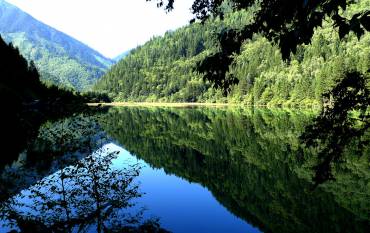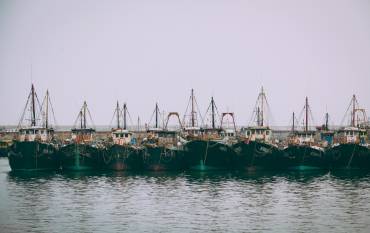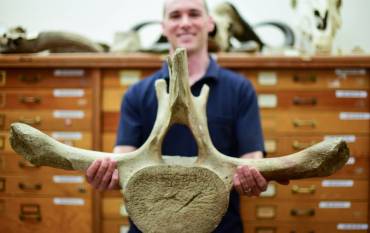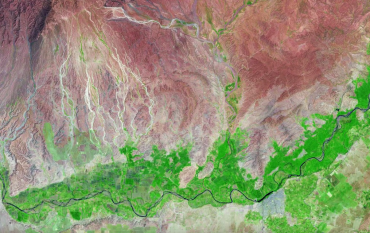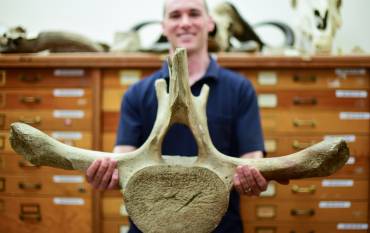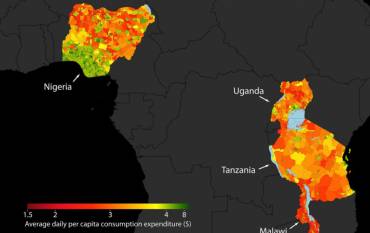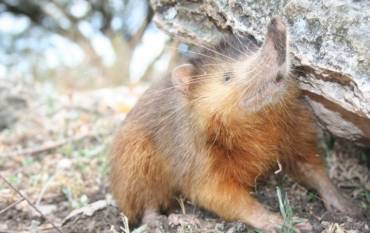The Stanford School of Earth, Energy & Environmental Sciences is now part of the Stanford Doerr School of Sustainability.
This page is currently being maintained for archival purposes only. For the latest information, please visit us here.
Human Dimensions and Sustainability
February 2, 2017
Stanford News Service
January 31, 2017
Stanford School of Earth, Energy & Environmental Sciences
January 17, 2017
Freeman Spogli Institute for International Studies
December 19, 2016
Stanford School of Earth, Energy & Environmental Sciences
October 27, 2016
Stanford Health Policy
September 26, 2016
Stanford School of Earth, Energy & Environmental Sciences
Earth system scientist Eric Lambin explains how technology can be used to develop better policy for sustainable land use.
September 14, 2016
Stanford School of Earth, Energy & Environmental Sciences
August 18, 2016
Stanford News
<p>Stanford researchers combined satellite images and machine learning to predict poverty. Their improved poverty maps could help aid organizations and policymakers distribute funds more efficiently and enact and evaluate policies more effectively. Video by Neal Jean</p>
August 3, 2016
Smithsonian.com
The solenodon survived the impact that killed the dinosaurs, but after all that, we might be its downfall.
- ‹ previous
- 2 of 5
- next ›
Subscribe to Earth Matters
A free monthly bulletin for your inbox




